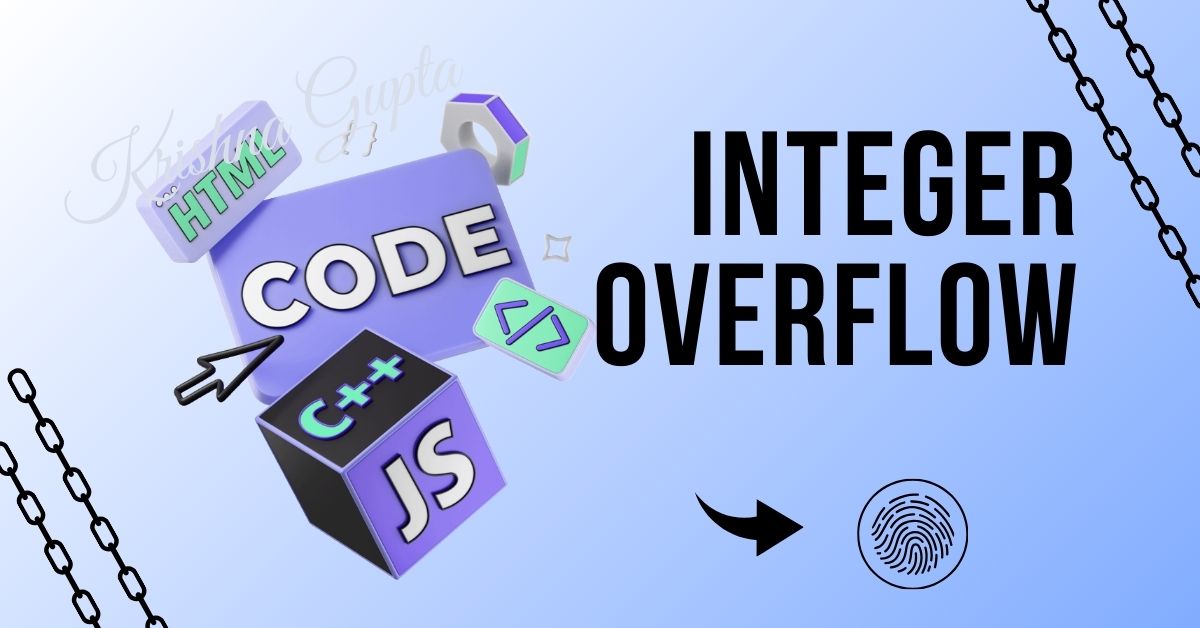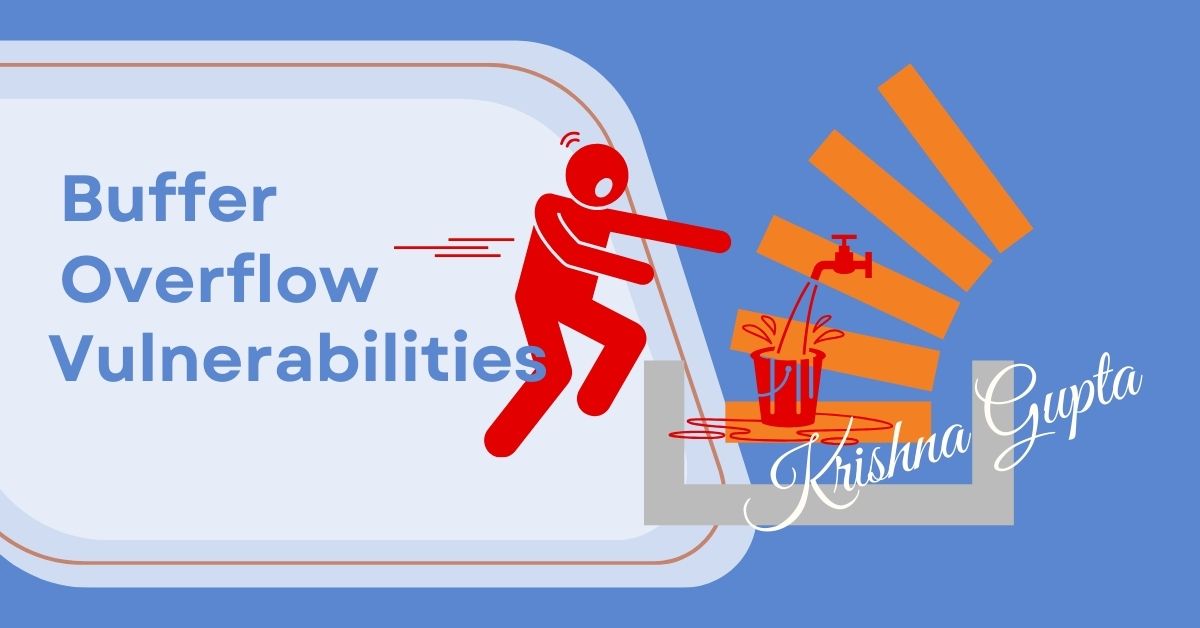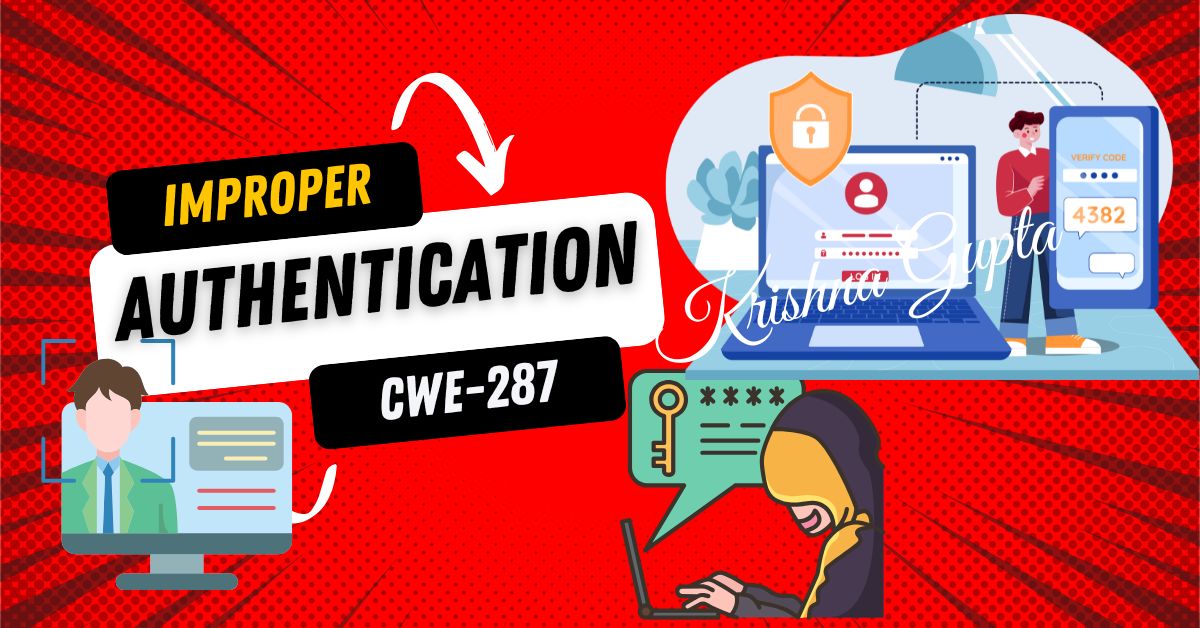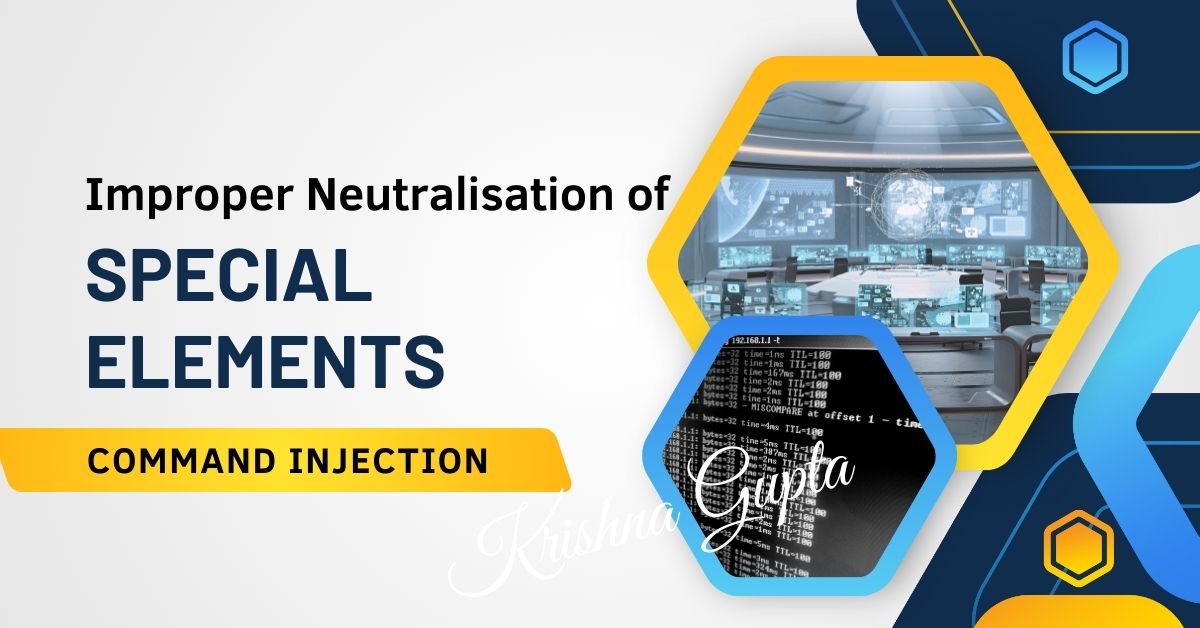2024 CWE Top 25 Most Dangerous Software Weaknesses: Integer Overflow or Wraparound (CWE-190)
Integer Overflow occurs when an arithmetic operation attempts to create a numeric value that exceeds the maximum limit of the data type used to store it. Similarly, Integer Wraparound happens when the numeric value “wraps around”, cycling back to the minimum limit.




